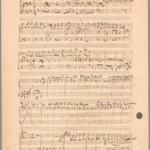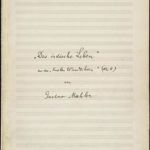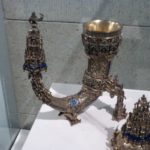
Mahler set a total of fourteen large-scale songs with orchestral accompaniment to texts from the folk collection Des Knaben Wunderhorn.
- Lied 11: Urlicht was rapidly incorporated (with expanded orchestration) into the 2nd Symphony (1888–1894) as the work's fourth movement.
- Lied ...

Der Schildwache Nachtlied is a complex military-style song with trumpet calls and drum rolls, but it is also a dialogue song. The sentinel's defiant rejection of joy and love is three times interrupted by more tender music setting words of his beloved. He rejects these, becoming more defiant and ...
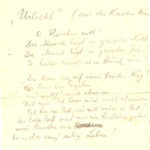
Text Lied 11: Urlicht written in 1905 by Gustav Mahler for Hendrik (Han Henri) de Booy (1867-1964).
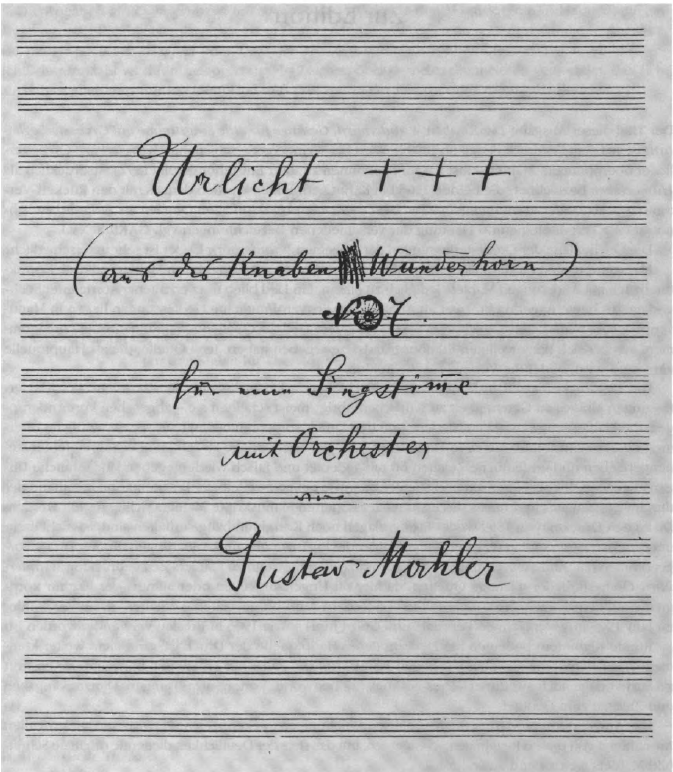
Urlicht
O Röschen rot!
...
- Also in Symphony No. 3 - Movement 5: Lied 2: Lustig im Tempo und keck im Ausdruck: Bimm bamm. Es sungen drei Engel einen Sussen Gesang
Bimm Bamm. Es sungen drei Engel einnen Sussen Gesang (German: Armer Kinder Bettlerlied). "What the Angels Tell Me". The ...
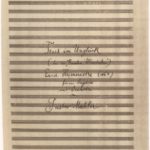
Trost im Unglück describes the feelings of somebody trying to move past a lost or rejected love, comforting himself with the assurance that he loved her out of foolishness and can live without her.
Year 1892. Lied 3: Trost im Ungluck. 'Trost im Ungluck (aus der "Knaben ...

